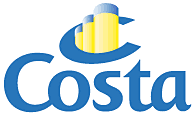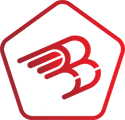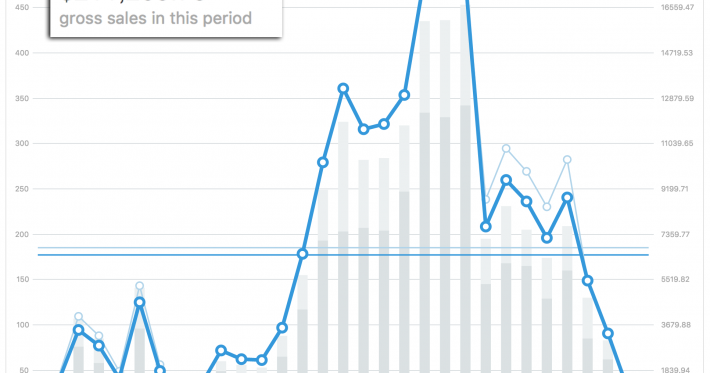
What if I told you that generating over $200,000 in 4 weeks would cause you to shut down your website and force you to stop selling your products? You probably wouldn’t believe it. Right?
I wouldn’t! I’m going to share a story with you about how we did it. What went right and what went wrong.
How We Got Started
Several months ago we got an inquiry from a potential client who wanted to sell a product online. This part is pretty normal. People find us online by doing a search on Google and they want the same for their business.
This client was already running a successful business selling this product wholesale, so they knew that there was a market for this product. We did keyword research and a competitive analysis, using tools such as SEMRush and ahrefs to determine what the online marketplace looked like. We do this to help understand a couple of things:
- Are customers looking for this product? If so, how much are they searching for it?
- What keywords are they searching for?
- How many other companies are actively competing for these same keywords?
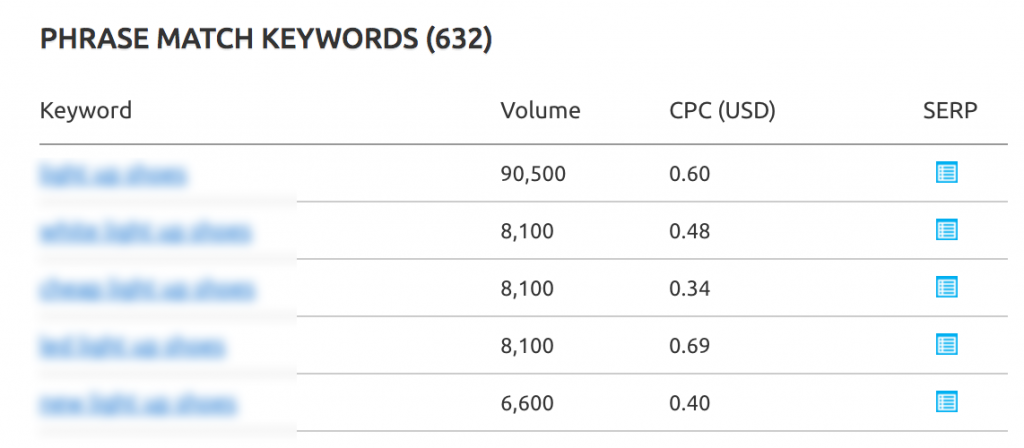

Developing the Brand
When a company is trying to add a direct-to-consumer model to their business while still maintaining good relationships with their wholesale clients, it’s very common for them to sell those products under a different brand name. As we did with this project, we created a new name, new logo and a completely new online store using WordPress and WooCommerce.
When selling products online there are a couple different strategies that can be used. One of which is creating a general store similar to an online mall. This allows you to sell a variety of products in different categories. You have the potential of the customer shopping around, purchasing multiple items, or even coming back multiple times to make multiple purchases.
In this case, we focused on building a brand around the product. We knew that when we implemented our marketing strategy that this would pay off and result in “branded keyword” searches. I’ll talk about that a little later.
The Marketing Strategy
Our marketing strategy consisted of social media and search engine marketing. We utilized Facebook, Instagram and Youtube as well as SEO and PPC ads.
Social Media Content
We did a casting call and found models that we could do a photoshoot with as well as video content. These photos and videos were used on social media and on the website. We created promotional and educational videos to help educate the customers on how to use the product properly.
Social Media Influencers
We utilized social media influencers to create brand awareness and to help create original content. Our team identified several demographics and created customer personas to help us determine the best influencers to target.
When it comes to social influencers, fans and followers matter. Right? Of course, but so does engagement rate. Engagement rate is equally if not more important than just the number of followers.
It’s very easy to do a google search for “how to buy fake Instagram followers”, spend a few dollars and get a few thousand new followers. Spend a little more and you could have tens of thousands of new followers. But who cares! If those followers don’t engage with your content there is ZERO chance that they would ever purchase anything that you mention.
As I mentioned earlier, this strategy resulted in customers actually Googling for the brand name of our product instead of just generic, descriptive keywords. They did this because they had seen the brand name mentioned so many times by other people.
Youtube is the Second Largest Search Engine. What!
Yup, That’s right. Youtube, which is owned by Google, is the second largest search engine. What does that mean? It means that when people are looking for something they search on Youtube more than they do on Yahoo or Bing!
We took all of the promotional and educational video content that we produced and uploaded it to youtube. We used descriptive titles and descriptions to help with VSEO as well as closed captioning subtitles. We also uploaded all of the video content that we produced by the influencers.

Search Engine Optimization
We optimized the website content so that it was not just “Google Friendly” but was customer friendly. The days of keyword stuffing and only focusing on “SEO Content” is over. So it’s important that your content makes sense for your website visitors.
As most of you probably know, there are two sides to SEO, on-page optimization and off-page optimization. On-page SEO is centered on the content and the focus on relevant keywords. Off-page SEO is all about inbound links. Getting good quality, authoritative websites to link back to you.
There is also technical SEO. This is the aspect of SEO most companies don’t focus on as much. We see it all the time. Clients come to us from other “SEO Agencies” and “Internet marketing companies” and this is one of the most commonly overlooked aspects to their SEO strategy. Technical SEO is about how well the search engine spiders can crawl and index your website.
Paid Online Advertising – Facebook Ads, Google Ads and Retargeting
Drive that traffic! We used a combination of Facebook ads and Google ads to not just drive traffic to the website, but we used retargeting ads to target users that didn’t purchase on their first visit to our e-commerce store.
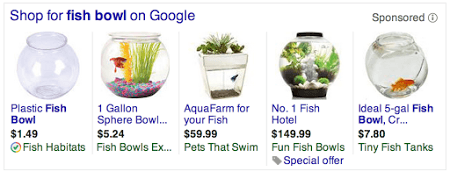
Google Shopping and Product Listing Ads allowed us to upload a data feed of all of the products in our store and dynamically created ads based on the different products. These ads display at the top of a Google search and allow merchants to display a photo of their product along with pricing.
So…What in the World Happened?!
It’s a great question. From everything you’ve read you would say “Sign me up!”, right? You could say that and from what you’ve read you would be right to say the campaign we implemented was a success.
You really want to know what happened? Why did this client have to shut the store down and stop selling their products online? I’m going to tell you.
Selling products online and running an “online business” doesn’t mean that every aspect of your business is online. There are some aspects that are offline, like people and logistics.
This is what happened
This client was already running a successful business with good logistics and a good team of people. However, when they started selling direct-to-consumer everything changed. Instead of sending pallets or even containers of products to customers they had to start sending 1 item or in some cases 2-3 items at a time.
This meant that they had to reconfigure a section of their warehouse to pick and pack. The warehouse should have been nicely organized to separate each product by style and size so that when the fulfillment team was going to pack boxes it was easy for them to grab the items they needed.
The beginning of the end
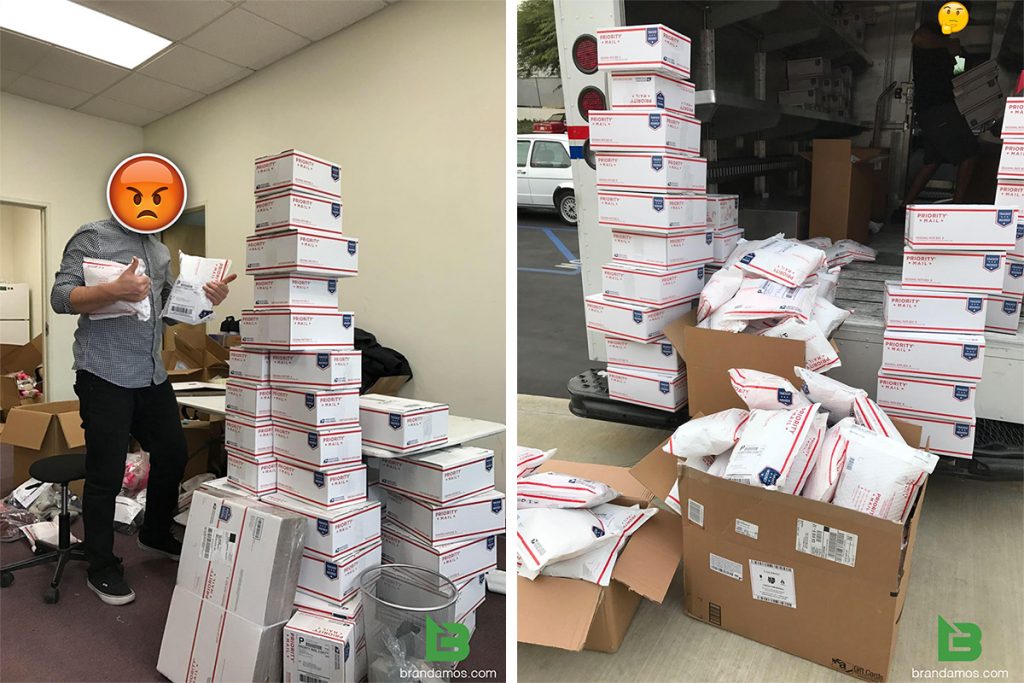
Before the traffic really started to pick up, one of the partners was handling shipping by himself. Let’s just say, his confidence in selling online was pretty low.
It wasn’t long before customers started emailing about receiving the wrong items or the incorrect size. The problem was, they never thought about who was going to respond to these customers so they went unanswered. Then the traffic and sales started to increase and the one guy who was packing and shipping the products thought he could handle responding to emails.
 When he didn’t respond quick enough, the upset customers emailed again and again and then went on Facebook and wrote negative reviews. They started commenting on every Facebook post. Every single one. Every post on Instagram. All of them. Then they emailed again asking about how to exchange their incorrect items and why they didn’t receive certain items.
When he didn’t respond quick enough, the upset customers emailed again and again and then went on Facebook and wrote negative reviews. They started commenting on every Facebook post. Every single one. Every post on Instagram. All of them. Then they emailed again asking about how to exchange their incorrect items and why they didn’t receive certain items.
They had a refund policy on the website. They had an exchange policy, but it was never thought through. It all started with a simple, “Just copy it from some other website and we’ll deal with it later.” That was a big mistake.
They had to hire 7 people to handle fulfillment in their warehouse and after 1600+ unread emails they hired 4 people to handle customer service. The customer service team worked all day for weeks to respond to Facebook comments, private messages and emails. Trying to keep up with the hundreds of emails coming in a day was a daunting task.
Hundreds of customers received refunds because items were out of stock or because they received the wrong items. The ones that did not get responded to quickly enough didn’t just leave negative feedback on social media, they contacted their banks and their credit card companies to request chargebacks. This caused the merchant processor to put a hold on their account and prevented them from accepting credit cards online.
Why did this have to happen
It didn’t. We did everything that we were hired to do and more. We ran successful marketing and online advertising campaigns. We consulted on best practices for fulfillment and customer service. At the end of the day, they did not have the offline components of their online business lined up to handle the amount of customers they received.
Comment

Do you have an online business looking to sell more products or generate new leads? Looking to transition your business to start selling online? Contact us today so that we can help elevate your brand online! Send me a message.
If you think this is crazy or you think there is someone you know who should read this, PLEASE SHARE THIS!
